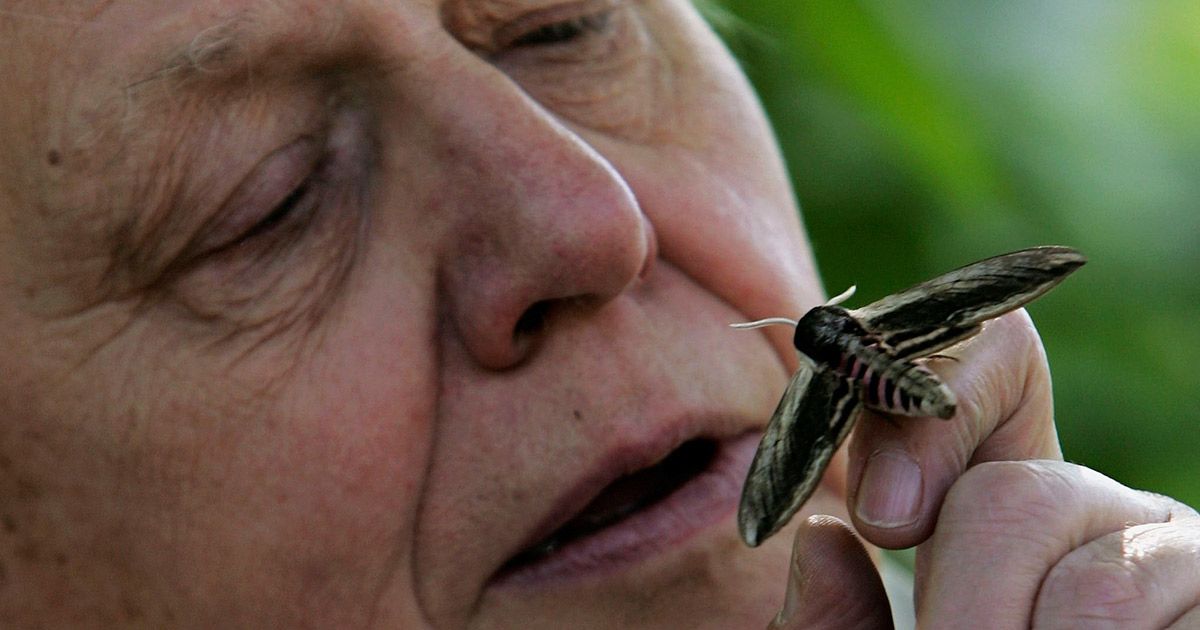Welcome to Facts Vibes! Delve into the captivating world of plants with us. From the largest tree to the smallest flower, we’ll uncover fascinating facts about the botanical wonders that surround us. Stay tuned for an enriching journey through the extraordinary realm of flora.
The Incredible World of Plants: Fascinating Facts You Need to Know
The Incredible World of Plants: Fascinating Facts You Need to Know
Plants are incredible living organisms that play a vital role in our ecosystem. They not only provide us with oxygen but also serve as a source of food, medicine, and raw materials. The diversity of plants is astounding, with over 300,000 species known and many more yet to be discovered.
One fascinating fact about plants is their ability to communicate with each other. Through chemical signals, they can warn neighboring plants of potential threats such as herbivores or diseases. This communication system is essential for their survival in diverse environments.
Additionally, plants have amazing adaptations that enable them to thrive in various conditions. From the ability to store water in arid climates to developing vibrant flowers to attract pollinators, plants showcase remarkable evolutionary traits.
Understanding the incredible world of plants not only enriches our knowledge but also emphasizes the importance of preserving and respecting nature’s wonders. It’s essential to recognize the intricate connections between plants and the environment to ensure a sustainable future for all living beings.
Most popular facts
The world’s largest flower is the Rafflesia arnoldii, which can grow up to three feet in diameter.
The world’s largest flower is the Rafflesia arnoldii, which can grow up to three feet in diameter.
The oldest living plant is a 9,500-year-old Norway spruce tree named Old Tjikko.
The oldest living plant is a 9,500-year-old Norway spruce tree named Old Tjikko.
The Venus flytrap is a carnivorous plant that can count the number of times an insect touches its trigger hairs before snapping shut.
The Venus flytrap is a carnivorous plant that can count the number of times an insect touches its trigger hairs before snapping shut.
The Titan arum, also known as the “corpse flower,” is the world’s largest unbranched inflorescence and emits a foul odor resembling rotting flesh.
The Titan arum, also known as the “corpse flower,” is the world’s largest unbranched inflorescence and emits a foul odor resembling rotting flesh.
The sensitive plant (Mimosa pudica) folds its leaves inward and droops when touched due to rapid leaf folding movements.
The sensitive plant (Mimosa pudica) exhibits rapid leaf folding movements when touched, causing its leaves to fold inward and droop.
The world’s smallest flowering plant is the watermeal (Wolffia spp.), which measures less than 1 millimeter in length.
The world’s smallest flowering plant is the watermeal (Wolffia spp.), which measures less than 1 millimeter in length.
The oldest known seed to successfully germinate was a 32,000-year-old arctic flower Silene stenophylla.
Sure! The oldest known seed to successfully germinate was a 32,000-year-old arctic flower Silene stenophylla.
The Joshua tree (Yucca brevifolia) is named after the Biblical figure Joshua, as it resembles outstretched hands in prayer.
The Joshua tree (Yucca brevifolia) is named after the Biblical figure Joshua, as it resembles outstretched hands in prayer.
The largest living organism is a fungus, Armillaria ostoyae, covering over 2,385 acres in Oregon’s Malheur National Forest.
Yes, the largest living organism is indeed a fungus called Armillaria ostoyae, covering over 2,385 acres in Oregon’s Malheur National Forest.
The Baobab tree can store up to 32,000 gallons of water in its trunk to survive drought conditions.
True.
The stinging nettle plant has been used for centuries as a source of food, fiber, and medicine despite its painful sting.
The stinging nettle plant has been used for centuries as a source of food, fiber, and medicine despite its painful sting.
The corpse plant (Amorphophallus titanum) can reach heights of over 10 feet and blooms only once every few years.
The corpse plant (Amorphophallus titanum) can reach heights of over 10 feet and blooms only once every few years.
The oldest known plant-like fossils date back
The oldest known plant-like fossils date back about 1.6 billion years.
6 billion years to the Paleoproterozoic Era.
The Paleoproterozoic Era lasted from 2.5 billion years to 1.6 billion years ago.
The pitcher plant has a unique pitfall trap with a slippery surface that attracts, traps, and digests insects for nutrients.
The pitcher plant has a unique pitfall trap with a slippery surface that attracts, traps, and digests insects for nutrients.
The skunk cabbage plant generates heat to melt snow and emerge as one of the first plants in early spring.
The skunk cabbage plant generates heat to melt snow and emerge as one of the first plants in early spring.
In conclusion, the fascinating facts about plants highlight their remarkable adaptability and significance in supporting life on Earth. Understanding and appreciating the diversity and resilience of plants is essential for our sustainable coexistence with nature.
